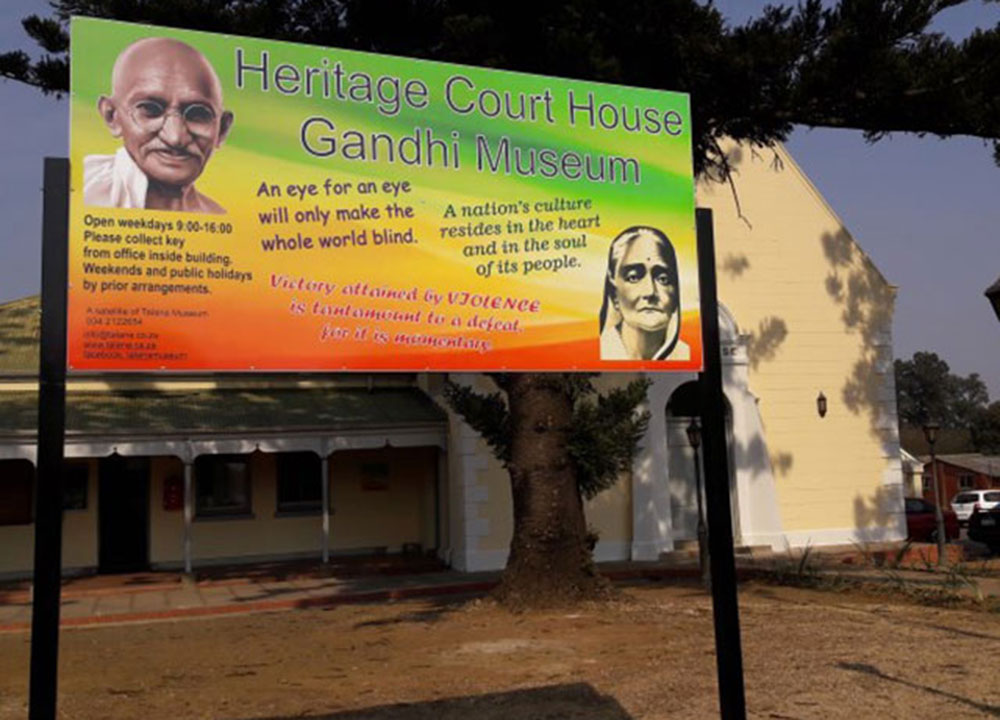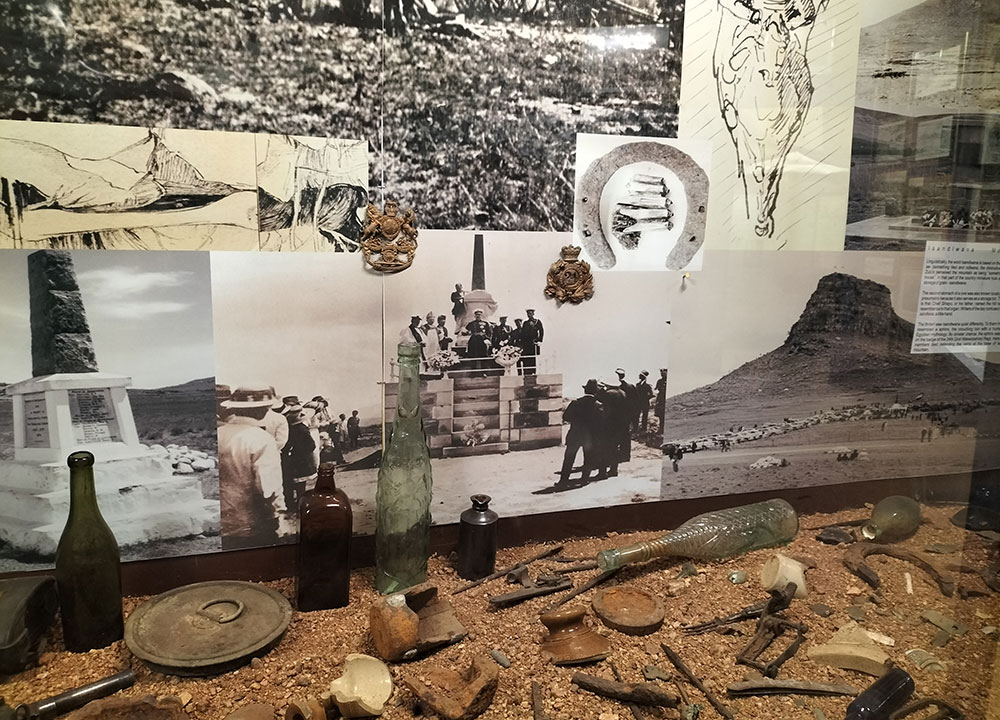

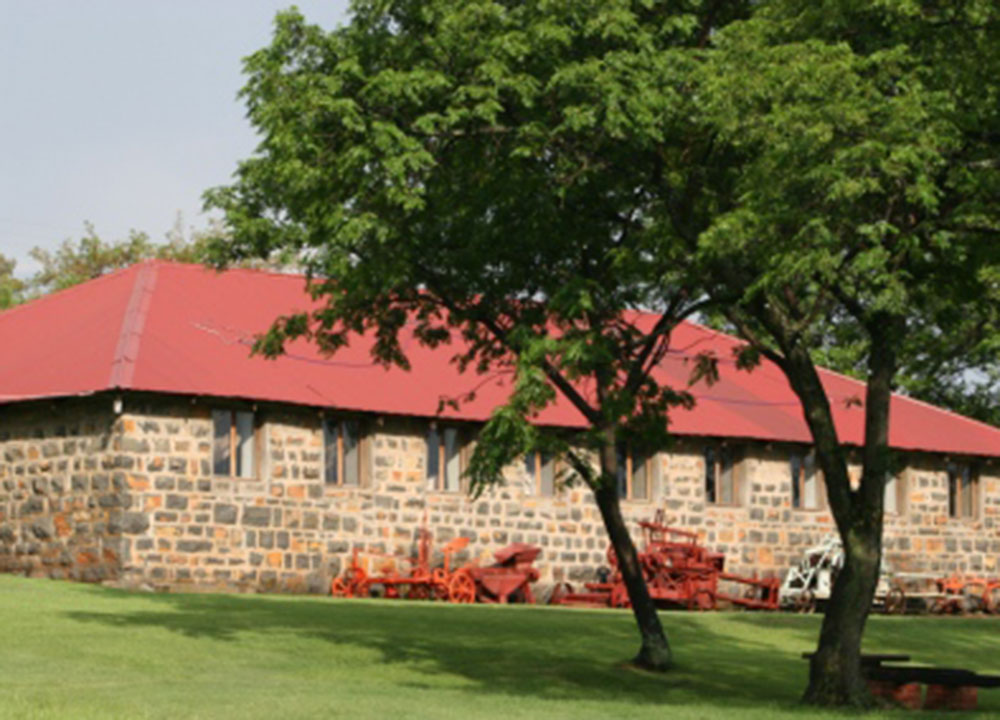
Nestled at the base of Talana hill – “Talana” meaning “the shelf where precious items are stored”. this is a most appropriate name for this large and varied museum. Started in 1979 to commemorate the Anglo Zulu war, the small collection moved to the present site at the beginning of 1983. An initial 20 acre section of “Dundee” farm, bought in 1982, for the development of a museum to commemorate the centenary of Dundee, included the home and farmsteading of one of the founders of the town, the site of the first coal mining activity in this area and portion of the Talana battlefield. The Smith cottage provides an evocative picture of the lives of the hardy pioneer farmers. A founder of Dundee, Peter Smith, farmed and mined coal on this site. His restored home and farm buildings house cultural, agricultural, carpentry, black smithing and transport displays. The blue stone milk shed, houses an impressive collection of wagons of all types and sizes.
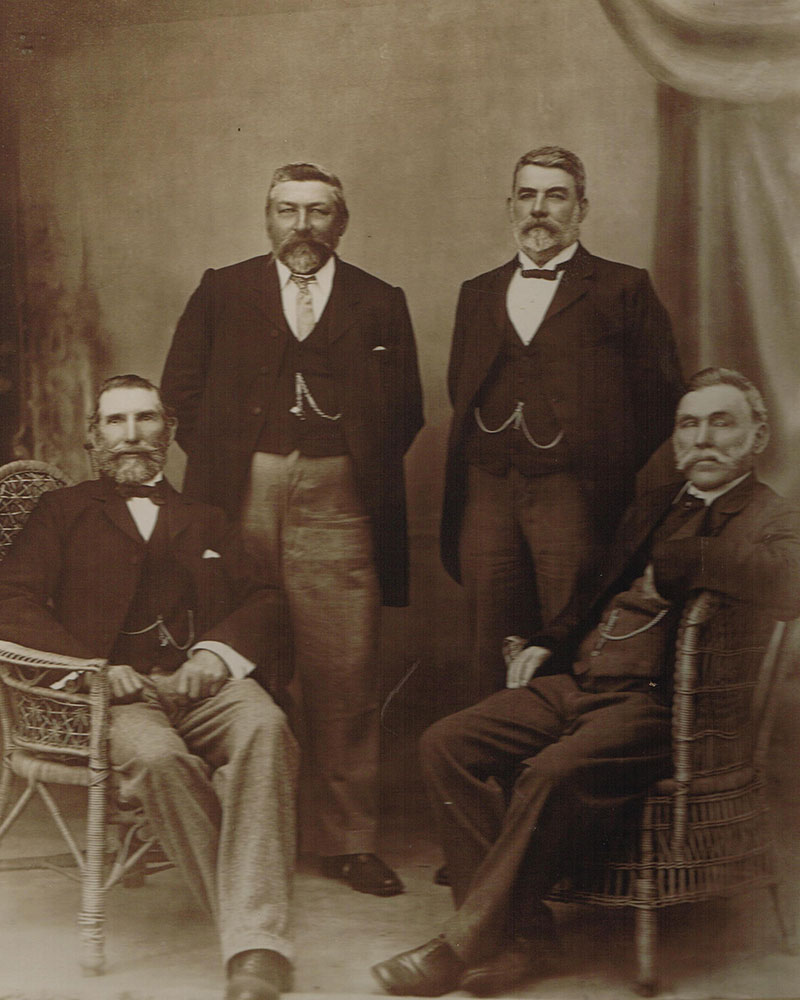
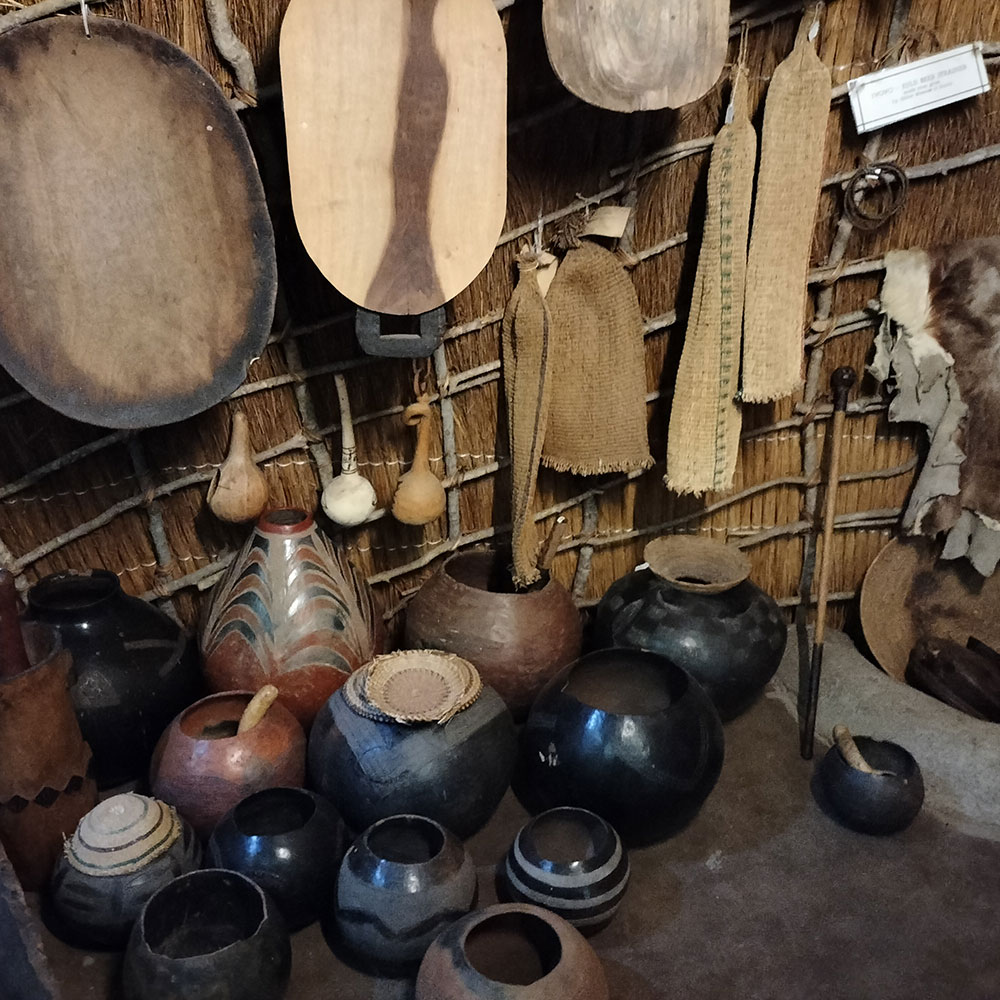
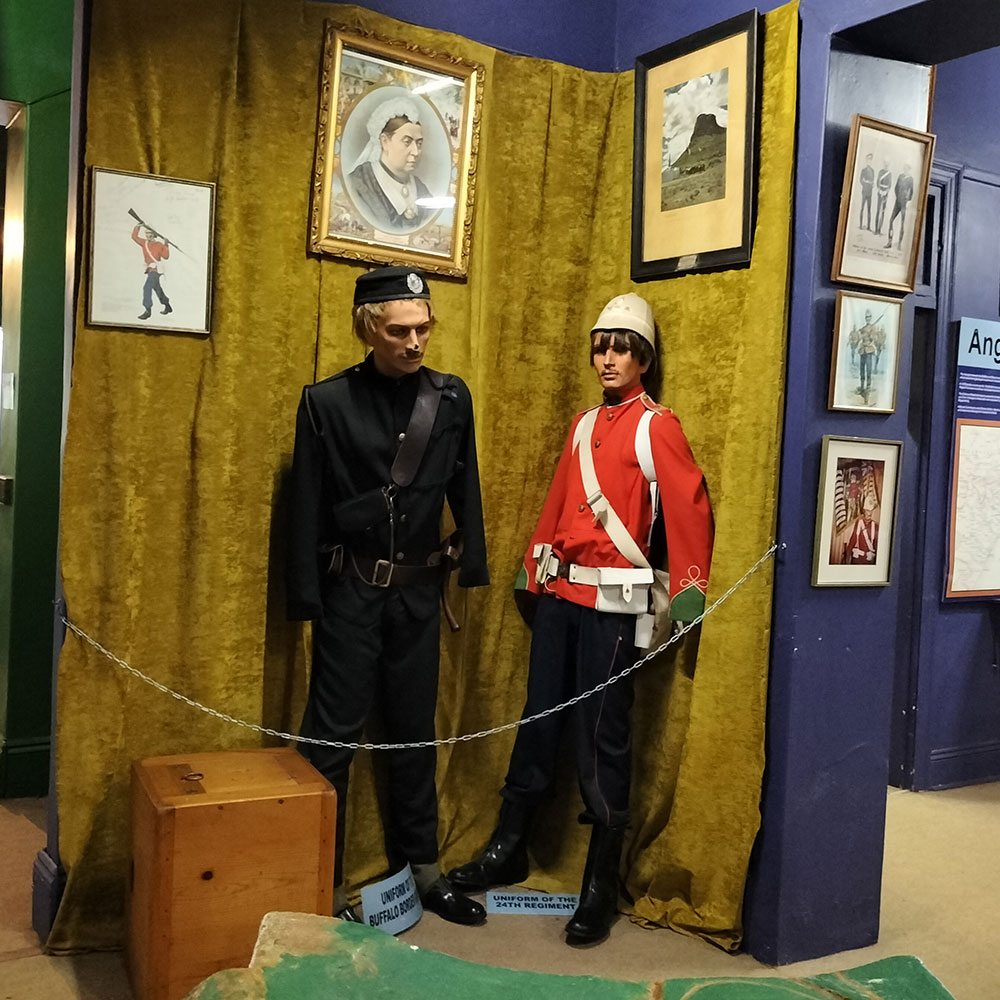
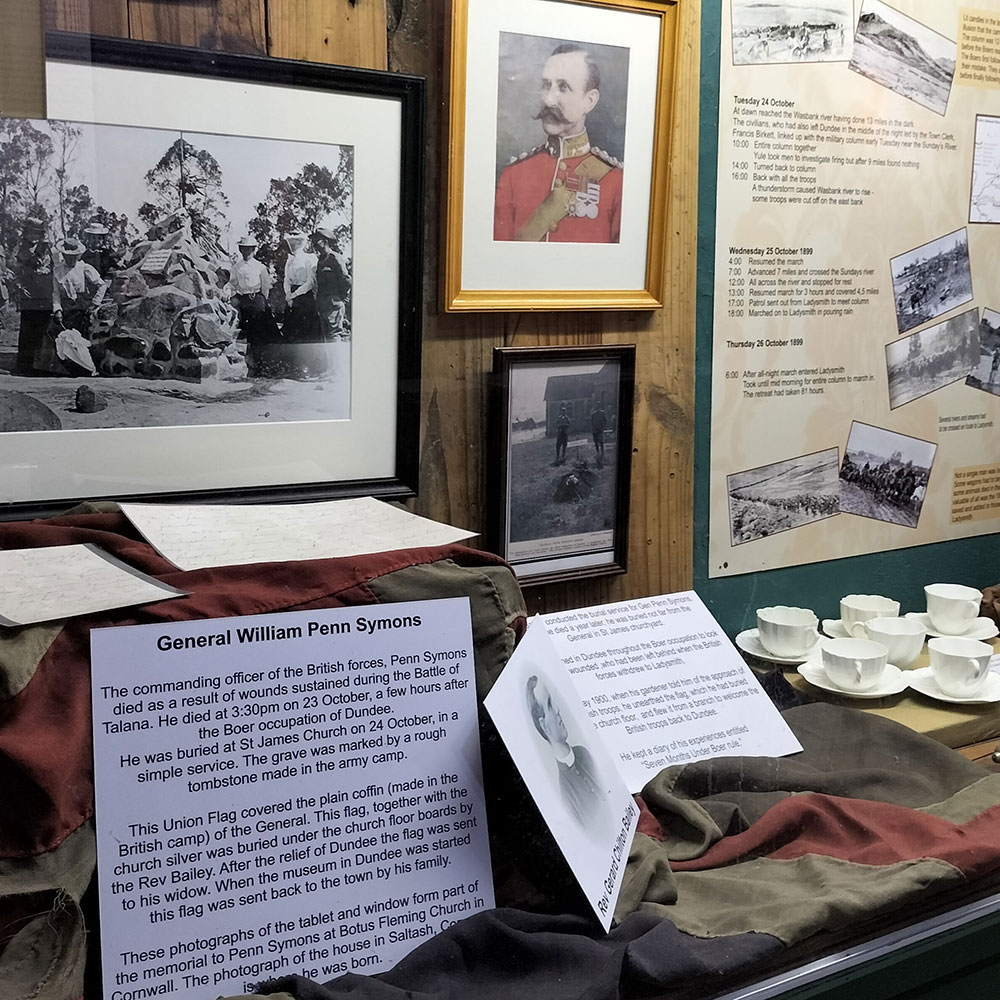
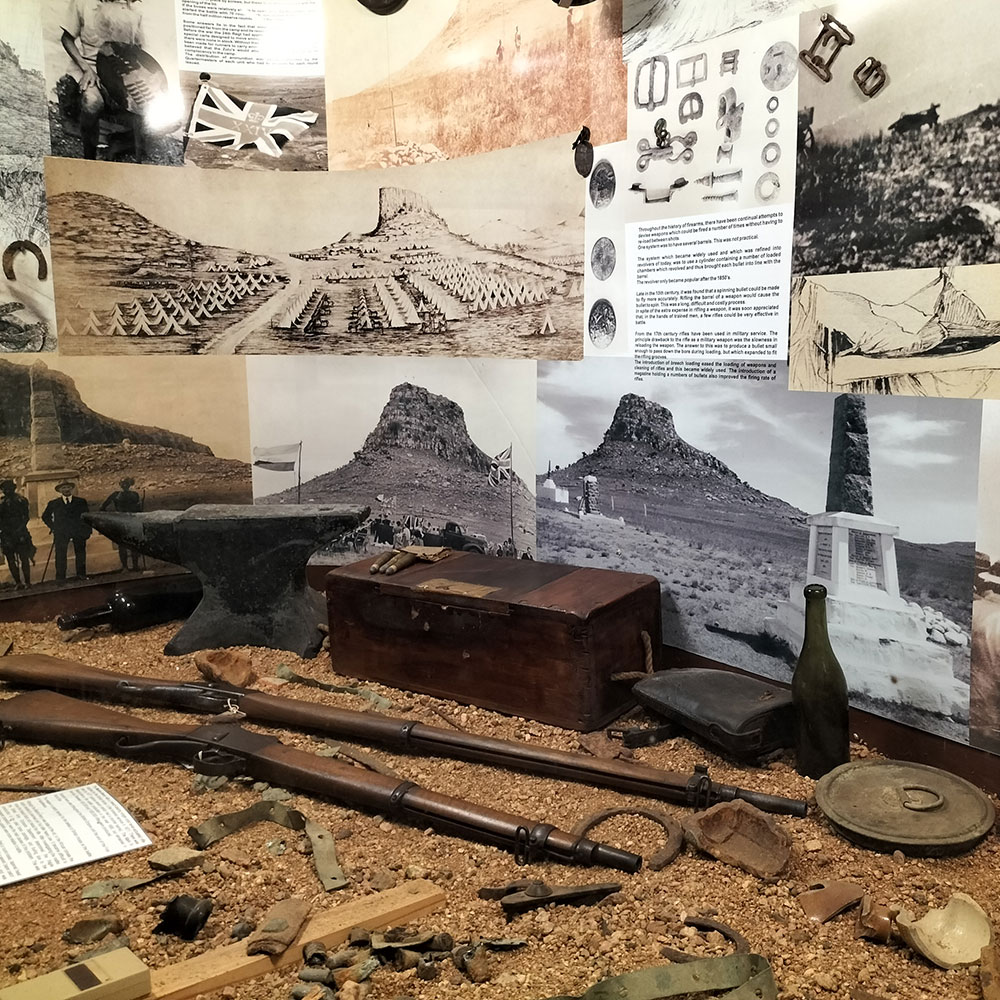
To the rear of Talana house the old cooling room, with its thatch roof, double walls filled with coal and the water drip feed, is a reminder of preserving food in times gone by.
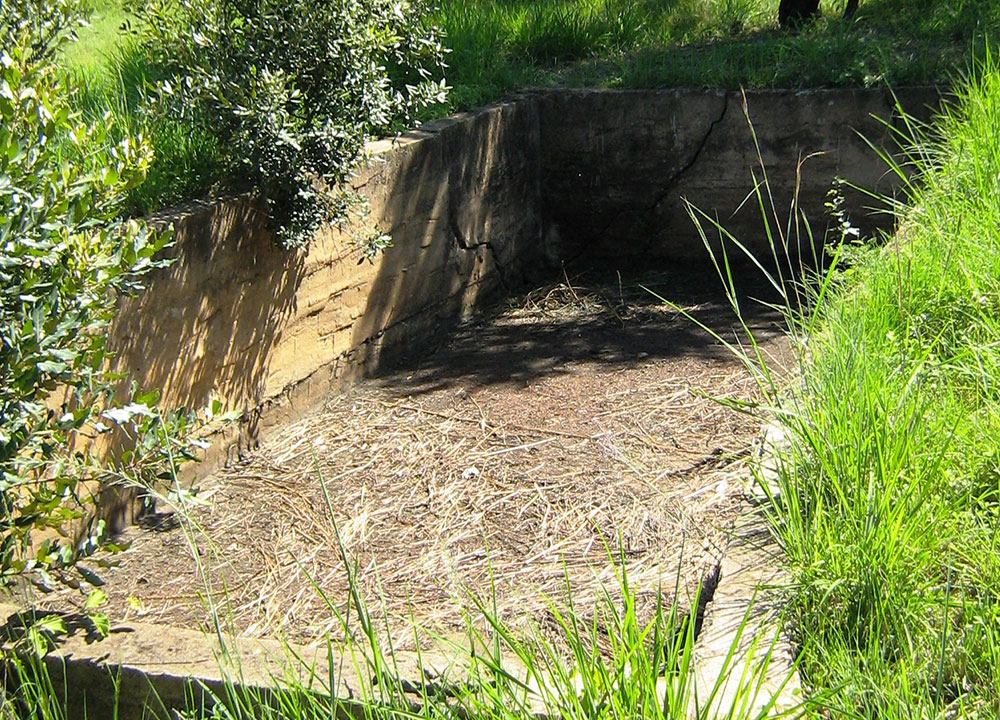
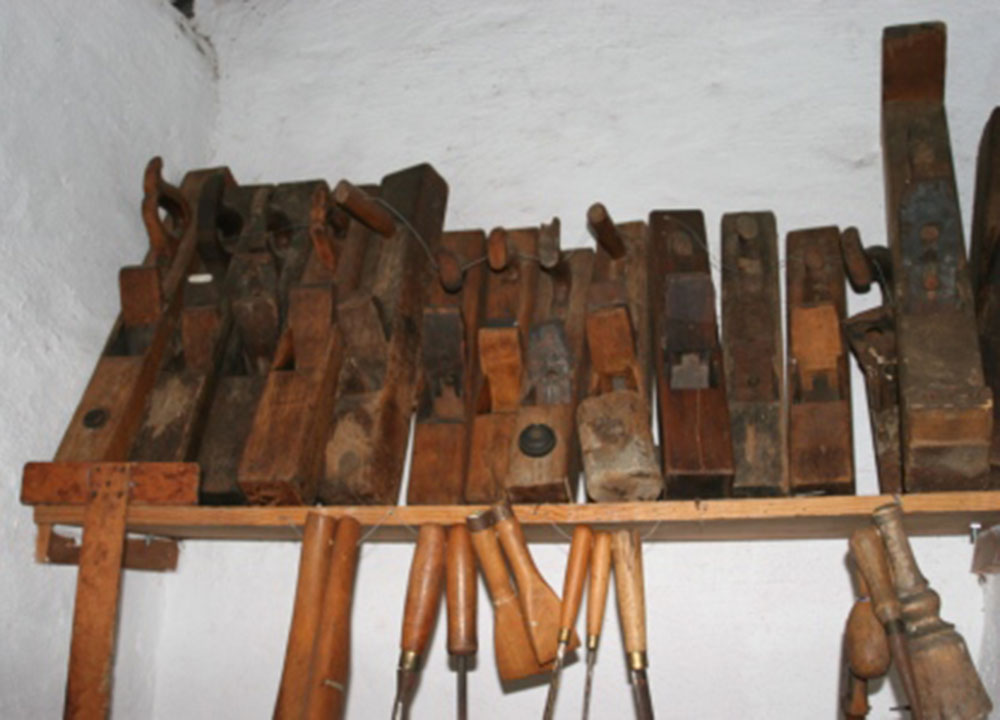
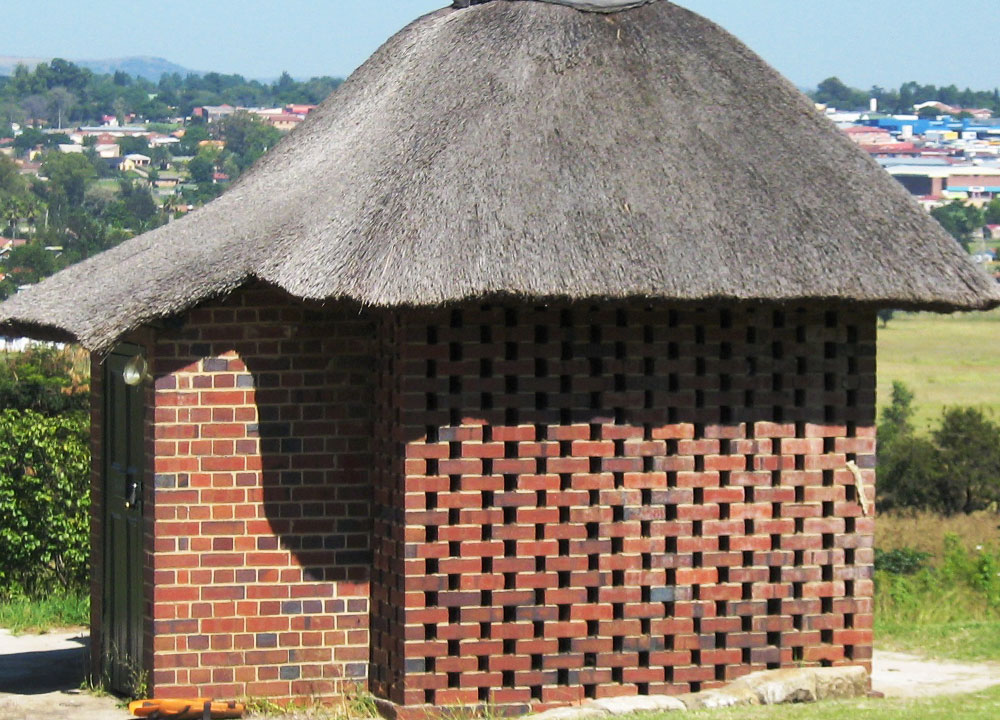
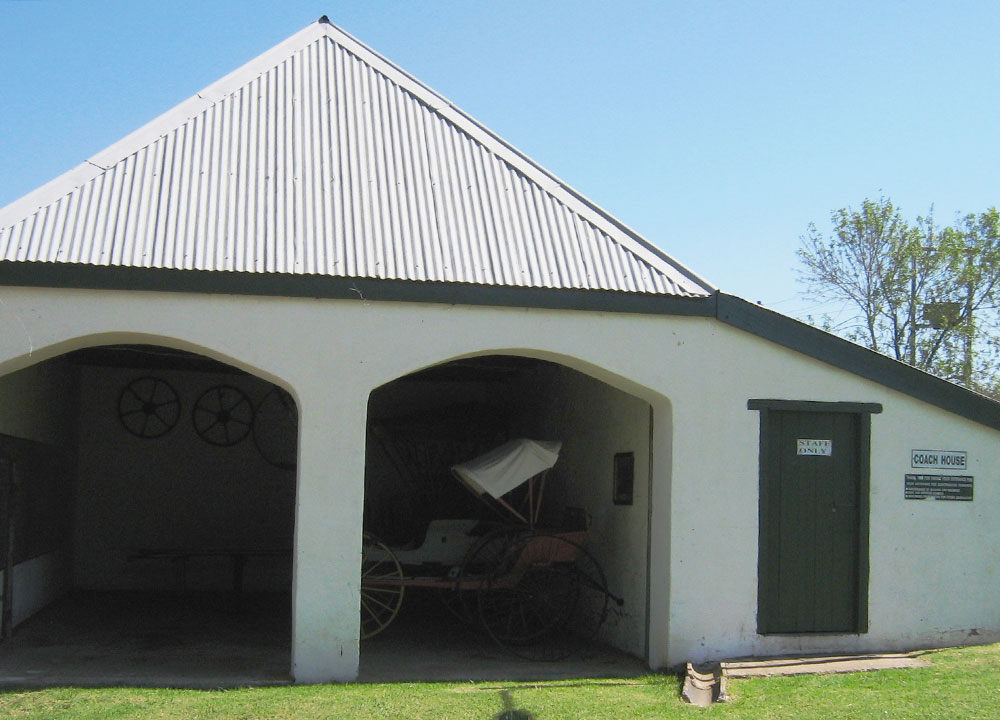
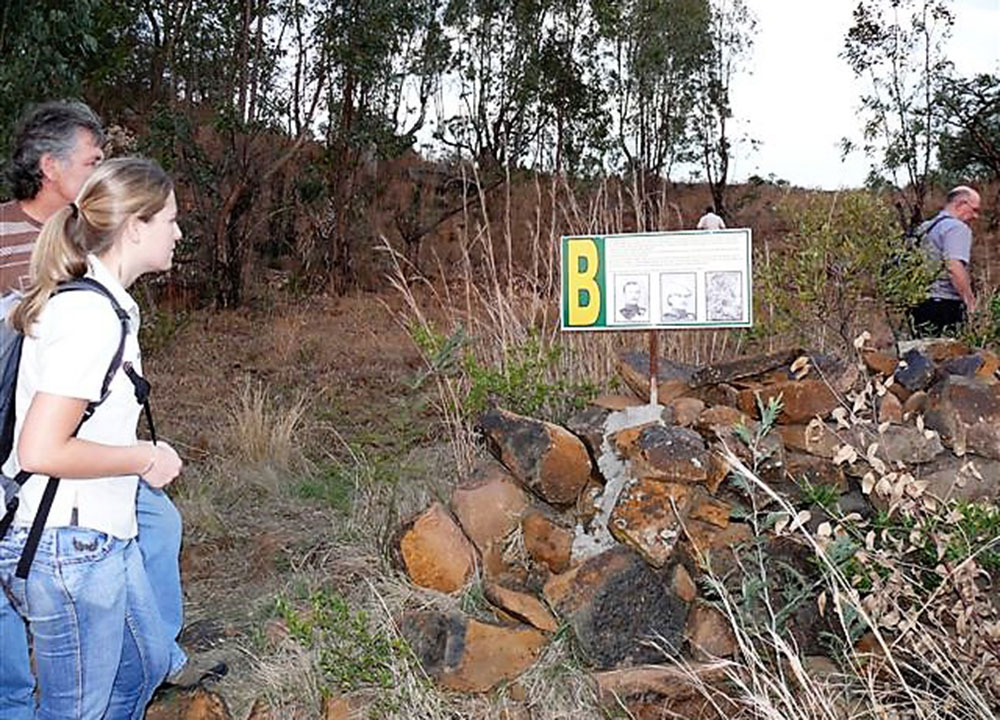
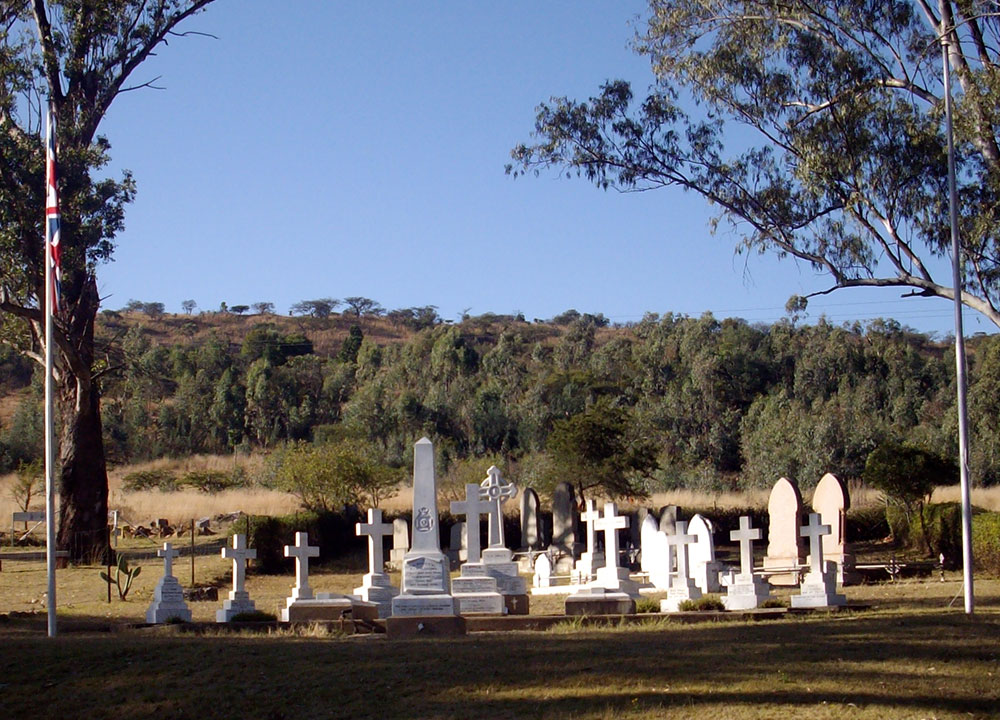
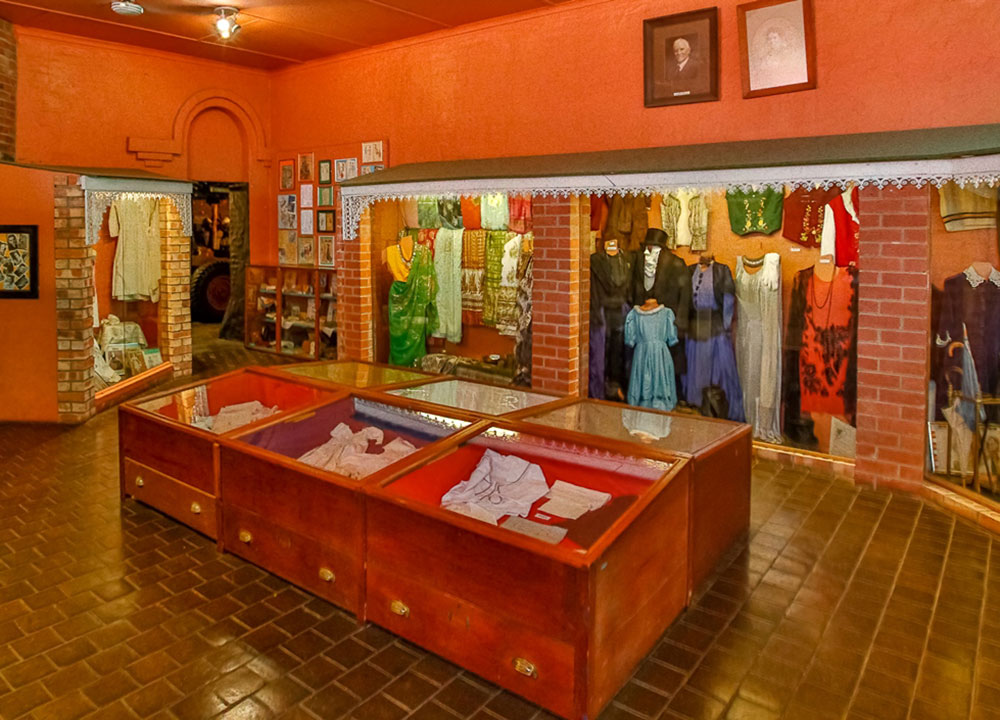
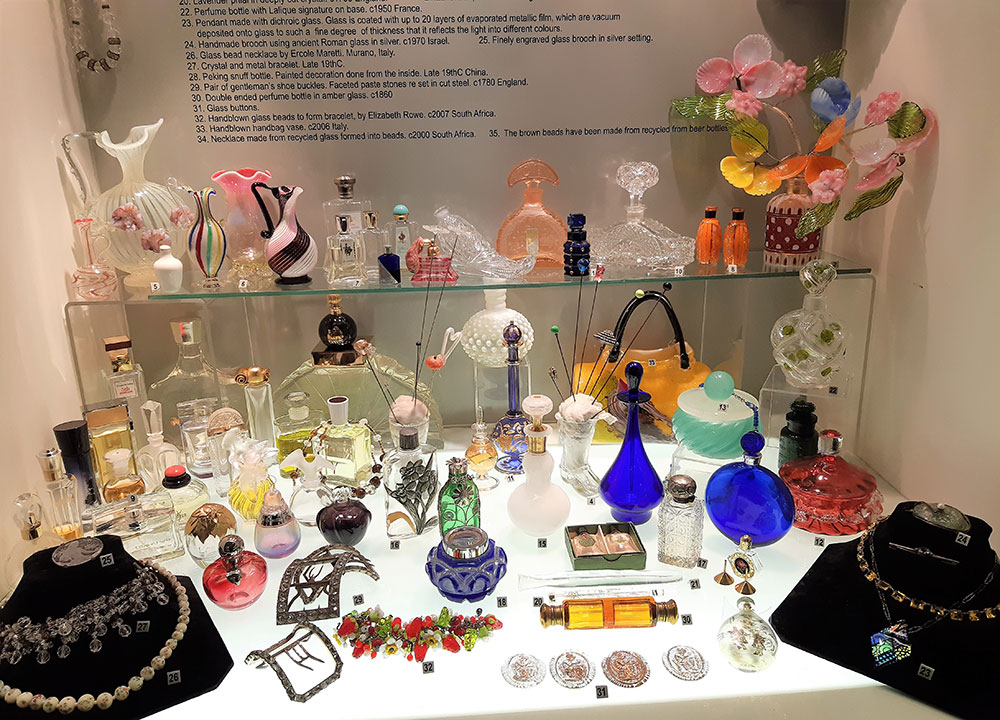
Talana Museum boasts a comprehensive range of archival material relating to the town, region, coal mining and military conflicts in this area over the past two centuries. Our archives are also the national depot for coal mining material. Researchers have access to these records.
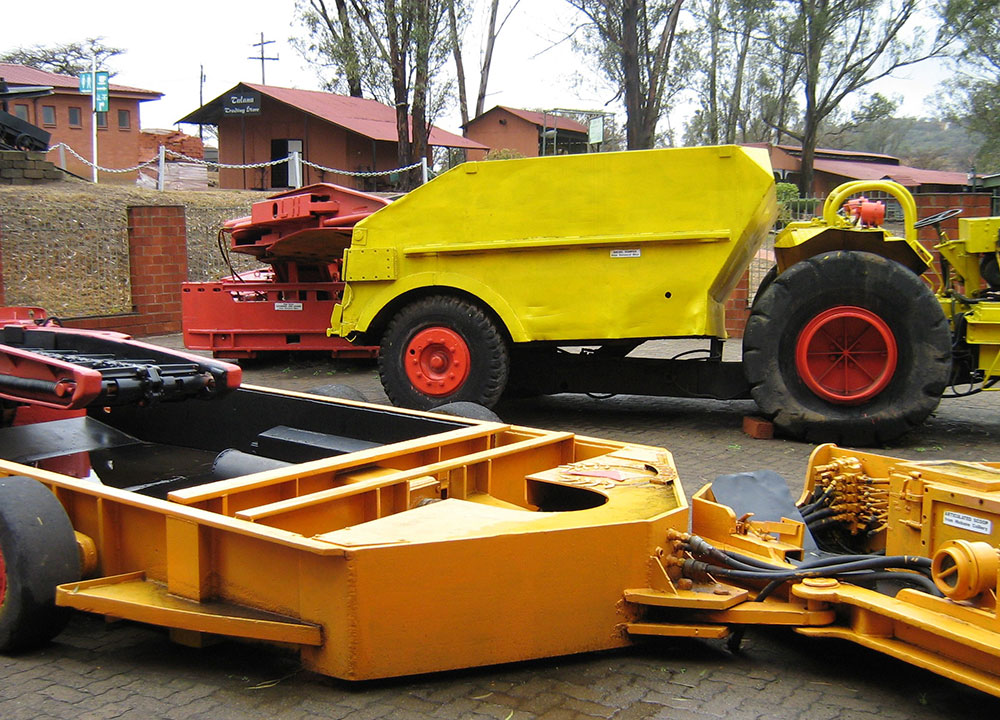
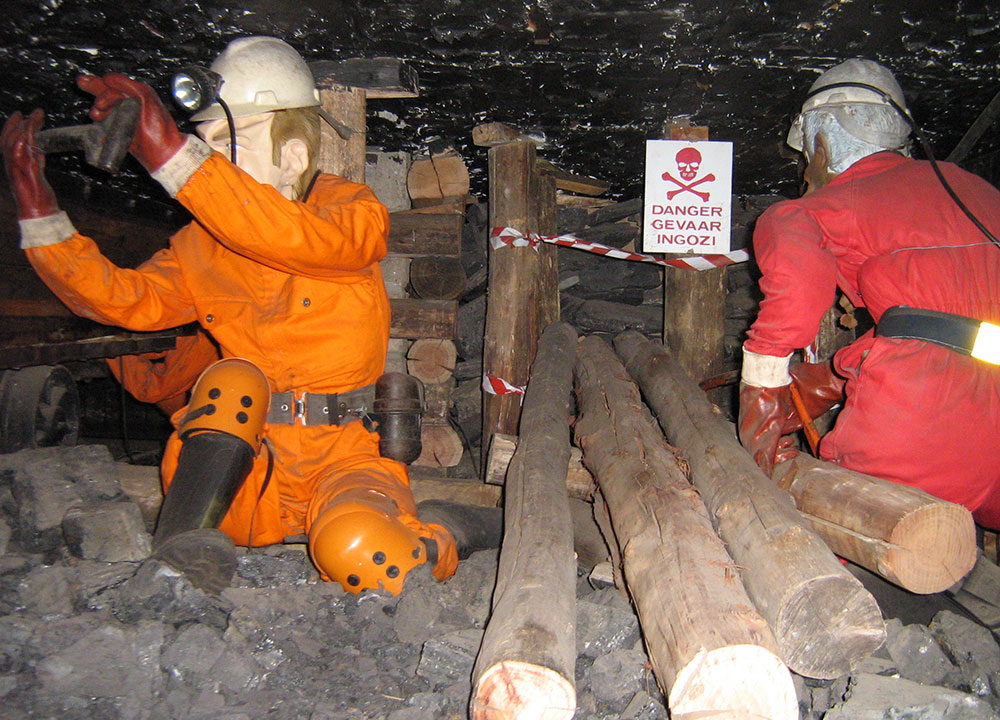

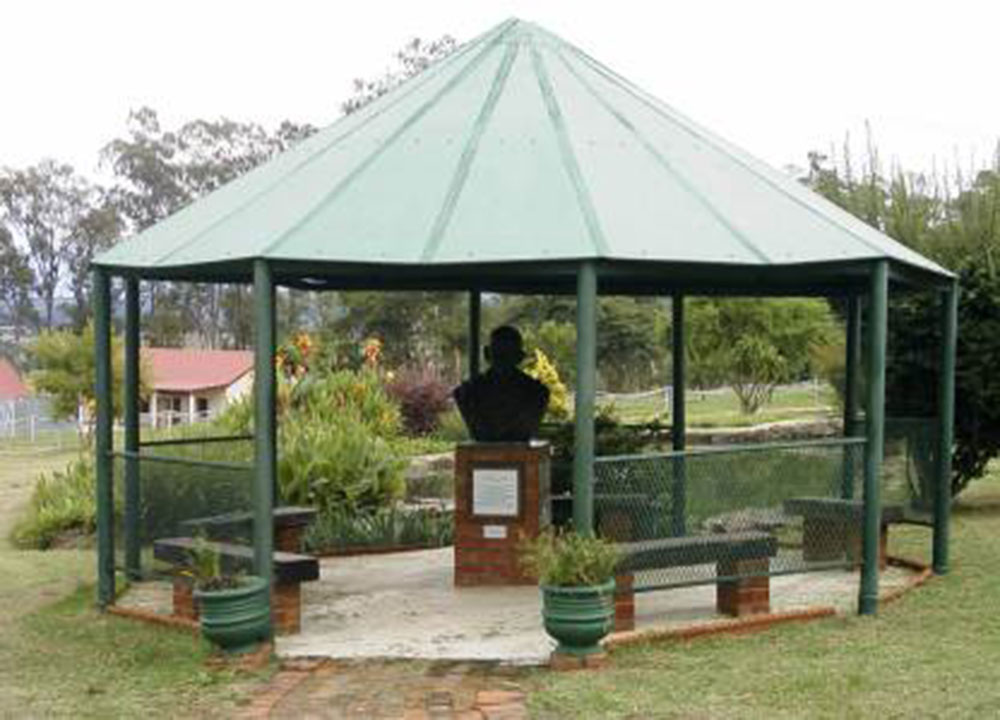
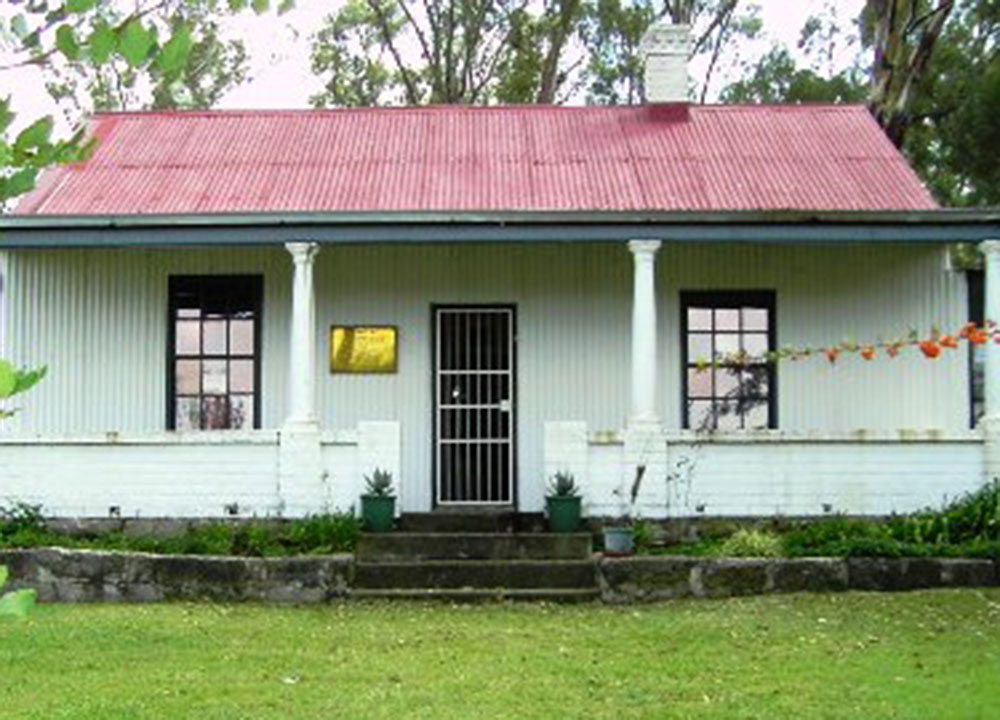
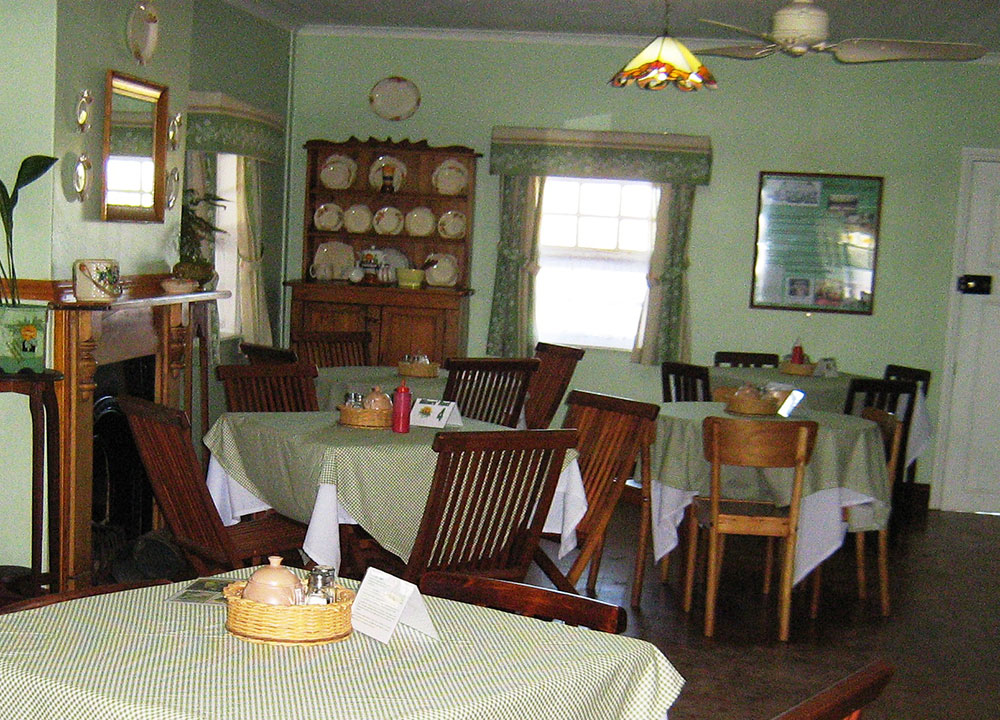
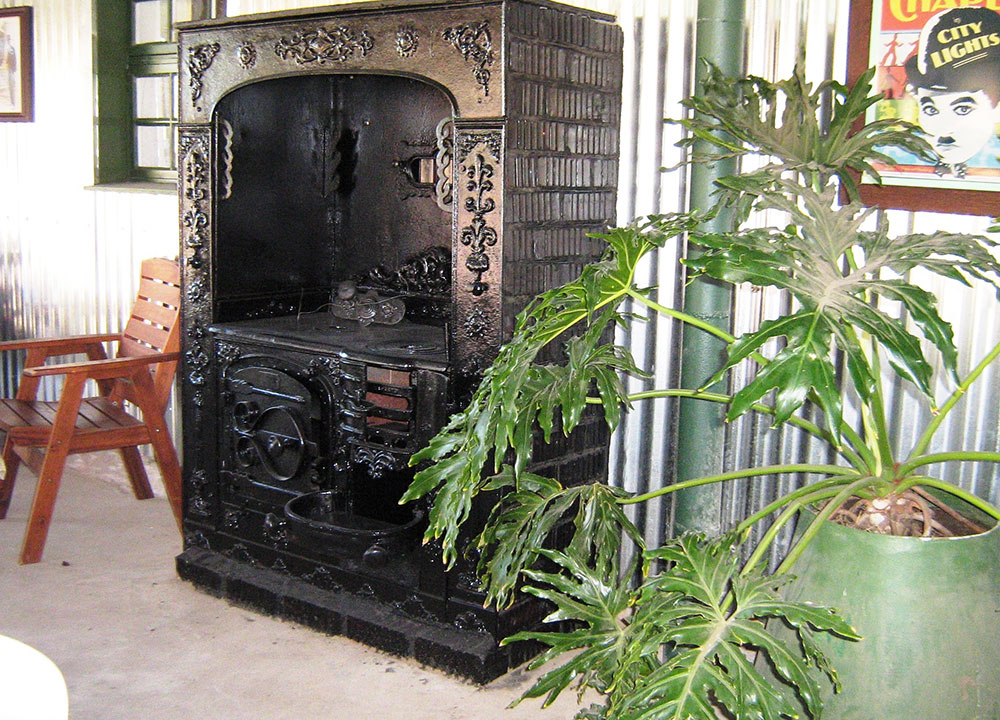
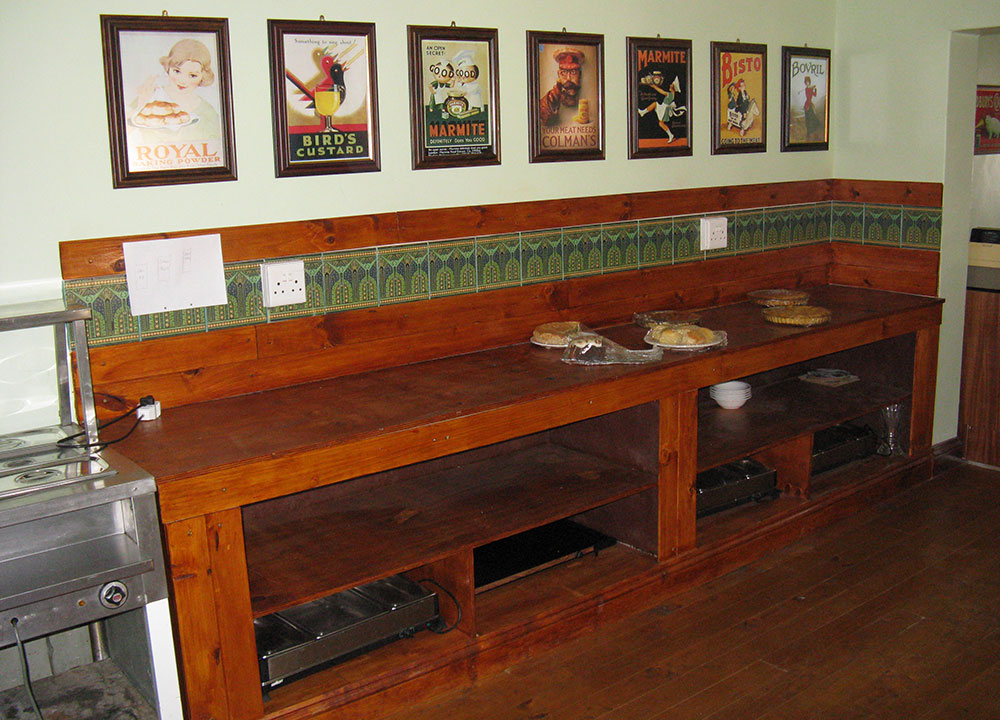
The Pam McFadden conference hall can seat 100 people comfortably. Set in a quiet self contained area of the museum, with ample parking and space for marquee tents, this is a welcome retreat from the busy world. Conferences, workshops, wedding, birthday parties can all be hosted here.

